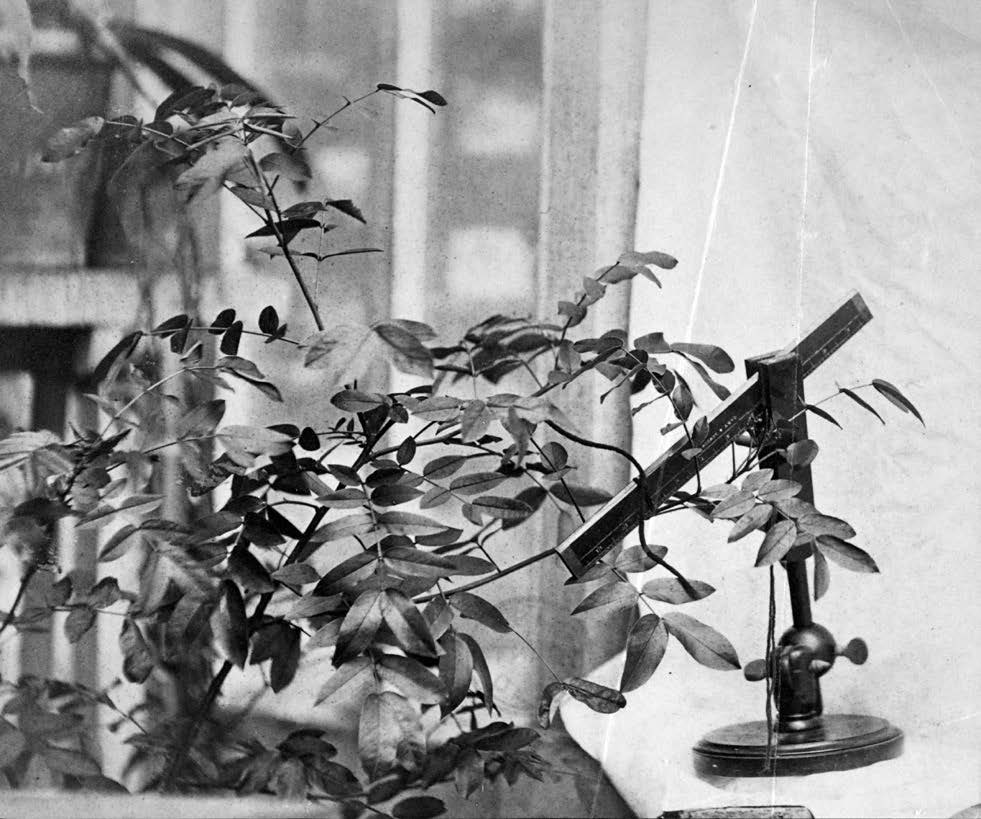Flowers, bloom, a son married . . . and a suspended monkey in Cambridge at Darwin's honorary LLD ceremony. The transcripts and footnotes of over 600 letters written to and from Darwin in 1877 are now online. Read more about Darwin's life in 1877 and see a full list of the letters.
Though I believe it is of value, it is not likely that more than a few hundred copies wd. be sold
Darwin spent the spring and early summer completing Forms of flowers, his fifth book on a botanical topic. Through extensive crossing experiments, and painstaking measurements of the size and number of pollen-grains, Darwin compared the fertility of individual flowers and plants across a range of common species. He found a number of floral structures and behaviours that facilitated crossing, especially with the aid of insects: the size and shape of pollen-grains, the position of stigmatic surfaces, the bending of the styles after opening, and the maturing of male and female parts of hermaphrodite flowers at different times. His publisher knew from previous experience that Darwin was a poor judge of sales, and printed 1250 copies, most of which were sold by the following year.
Soon after completing his manuscript of Forms of flowers, Darwin took up the problem of ‘bloom’ in plants. This waxy or powdery coating on the leaves and fruit of some plants was, like dimorphism, a well-known botanical characteristic whose function was little understood. In the end, Darwin did not publish on the subject, but his son Francis later reported some of the results of their experiments in an article.
Alongside his work on bloom, Darwin resumed observations on the movement of plants in response to different conditions. At Down House, he and Francis devised a method of recording leaf motion for extended periods. Using thread, card, blotting-paper, and bits of glass, they captured the circumnutating motion of cotyledons (embryonic leaves), stems, and leaves, under changing conditions, as well as the sleep movements of leaves and leaflets in some plants. Research on movement in plants would continue over several years.
I attended carefully to the mental development of my young children …
A notable departure from botanical work came in April, when Darwin submitted his paper ‘Biographical sketch of an infant’ to the journal Mind. Darwin’s study of child development was based on a notebook of observations he had begun in 1839 with the birth of his first child, William. He had used some of this material in Descent and Expression, but its separate publication placed the work in the emerging field of child psychology, and the article attracted immediate attention from other researchers.
Cause for celebration came in November when Darwin’s alma mater, the University of Cambridge, awarded him an honorary doctorate of laws. Emma and most of the children attended the ceremony. A Latin oration was composed specially for the occasion, and levity was provided by undergraduates who lowered a stuffed monkey in academic dress from the ceiling and cheered for ‘the primeval man’.



